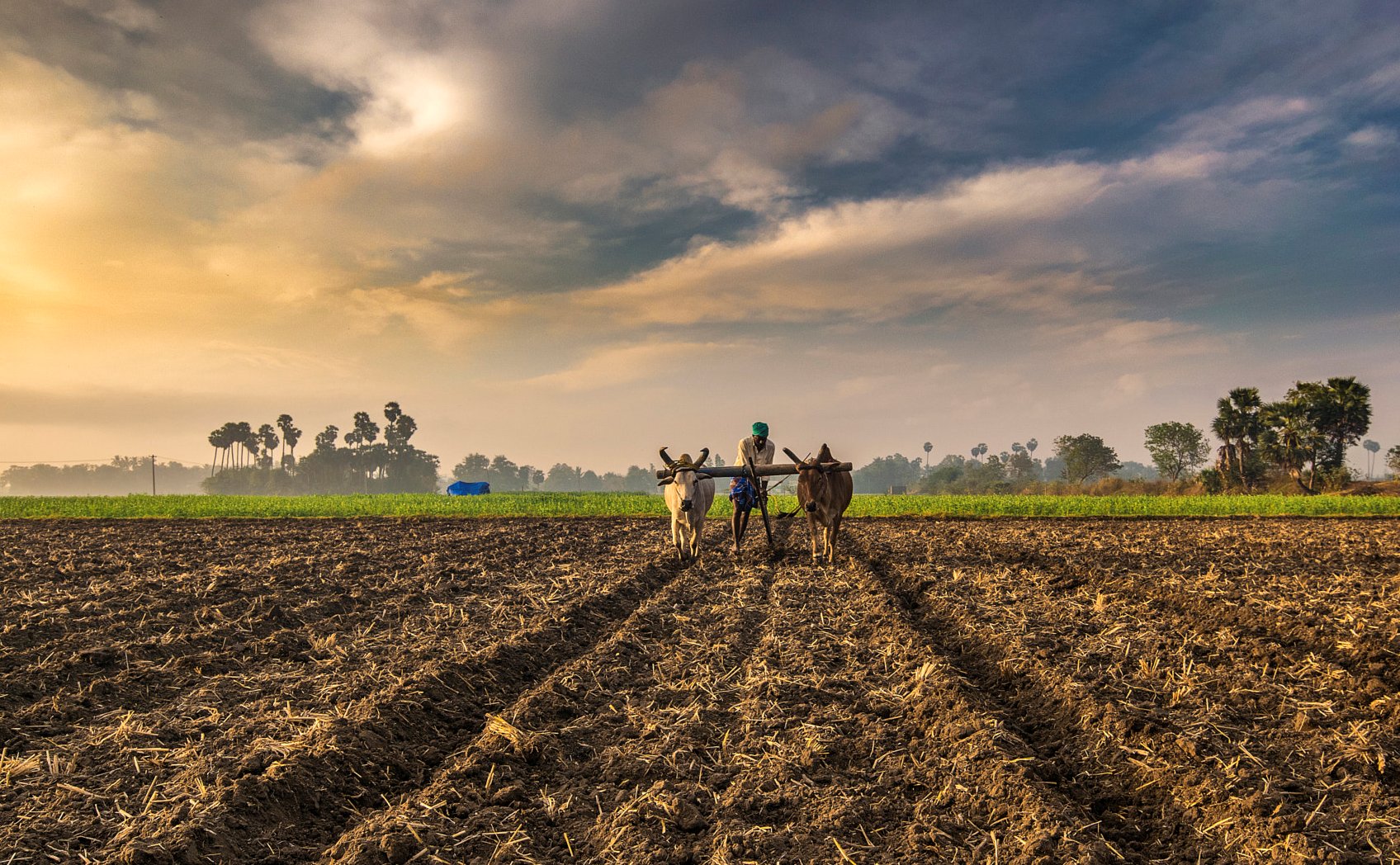
Reinvention of Agriculture in India during the time of Covid-19
The Covid-19 has brought India to a state where every sector including agriculture is going for a revamp or a complete makeover. The situation has forced migrants to move to their respective regions to survive this epidemic. The regions that survive only on agricultural practices will be facing bigger damage and there will be growth in opportunities where there is an excessive supply of labourers.
So let us do a recap and an action replay of the agriculture sector in India before and after the pandemic and how the recovery process will have to start to make things better.
There has been an attitude of ignorance and alienation of the agriculture sector by many economists because they only see the economy’s development in terms of products, market, foreign exchange and factors. Labourers produce raw materials and food products for industrial purposes and are the most critical contributions. This allows the demand for industrial products to drive the market. Supply of labour and nonfarm sector defines the factor. The exports of agricultural commodities are defined by the contribution of foreign exchange of agriculture.

In India, the growth of crops with the help of technology has been more prominent and is visible in sectors like crops, fisheries and livestock. The term revolution has been coined due to the scale of magnitude and impact. This has made India a global leader in the field of agriculture. Keeping this in mind three types of revolution has emerged the green for crops, white revolution stands for dairy and fisheries are in the category of blue revolution.
Yet there have been complaints about employment and technology issues in this sector by many theorists. The rate of production of labourers in agriculture was presumed to be near to zero. A strategy was implemented to recognize the camouflaged labour by modernizing, developing and transferring the majority of the labour force far from the agriculture was trusted to leave the output of agriculture unaffected.
As there is a rise in wages in this sector there is a serious competition amongst the agriculture and industrial sectors due to the commercialization of the agricultural sector. According to a famous model, technology was a way of improving productivity in agriculture.
Many international economists have also spoken about the need for high investments in the industrial sector as it has worsened agricultural trade. The ratio price in export and import of rice received and routine free trade measured the terms of trade.
Not only this, but the agriculture sector also has weak linkages. Evidence has proved that because of low productivity by labours the smallholder peasant agriculture cannot take in more labour. The organization of agricultural farms, through small farm collectivization, has warranted many institutional changes.
The introduction of the green revolution globally empowered the agricultural sector in achieving an acclaimed position of being an economic development agent. High dependency on natural resources and immunity to economic fluctuations are the presumed shortcomings in this field. There are many other defining factors like a low price, demanding elasticity of income, weak connections with other sectors and its extreme cultivation nature.
The characteristics of new technologies in agriculture like having a neutral scale and having intensive input have nullified such arguments. Agro-processing has become the largest worldwide activity. Agriculture has played a very important role in pulling people out of their poverty lives and innovative rural structures and agricultural research are to be credited for this.
Migrant labourers are the major pillars of India’s dependency in the agriculture sector. Up till now, migrants would have even stepped into their native places where agriculture is the soul and heart of the village. The accountability percentage is about 11% of the non-labour force and many are significantly involved in marine fishing, post-harvest activities, marketing, and livestock exchange and infrastructure creation.
The current stage has forced many migrants to return to their native lands but this will have a major effect on crops and if the lockdown continues many activities that were functioning because of them will be severely impacted and damaged. The labour force also has to be compensated.
Because there was the involvement of migrants in the labour force of urban development, rural development has been badly neglected. The massive developments in the urban areas have led to the shrinking of rural areas. This draws attention to the situation of the rural development and population of the country.
The reverse migration has given the migrants an option to be able to spend more time in on the agricultural front. Labourers can renew the farmlands by getting water management systems in food and processing of fodder, and godowns. The labour force should utilize itself in the agricultural sector more for improving farms and production of crops.
The agriculture sector of India is stated as the rock of the nation and yet it is being ignored only because we believe in beautifying the urban areas more and think that nothing will change in the rural side, as the population wants to live the way it has been living for centuries. Today the urban culture has been destroyed and demolished by the pandemic on a rising scale. Not just labourers and migrants but even upper-class people are going back to their villages only because there is more peace, security and agricultural opportunities opened in the rural part of the country.
Today the rural culture is being more preferred than the urban culture also because many people after a certain age or retiring from their job life want to live in the peaceful environment and harmony which is only offered in the rural culture. Rural development is leading its way and is now coming to be identified as a sector where there can be rising opportunities only if people decide to bring changes and advances and promote the pros of rural society to the urban people.
The agriculture sector is also affected by this epidemic but presently all the migrants are looking for solace and freedom of being financially independent and work for themselves which is the advantage provided to them in the agriculture industry.




